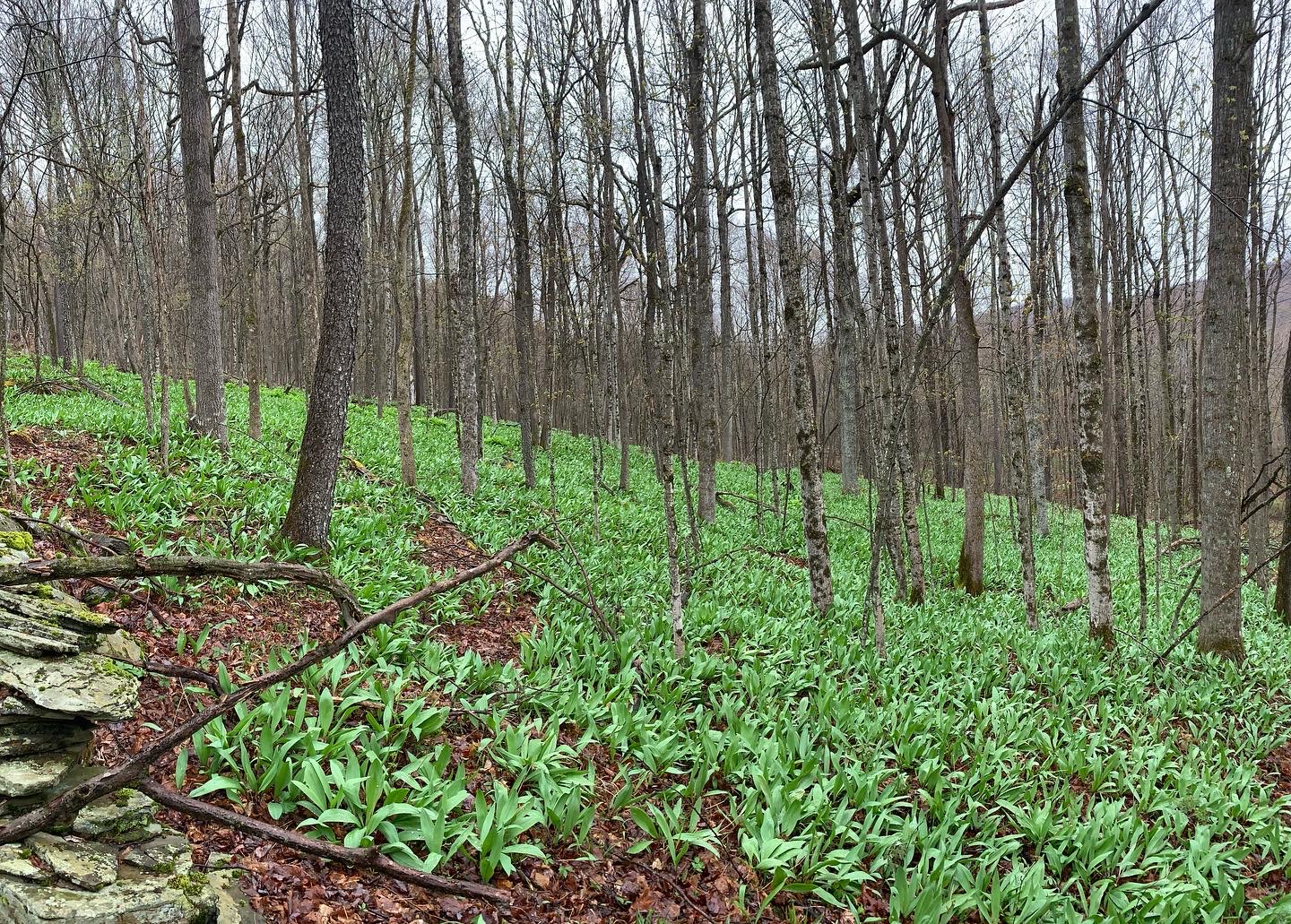Nature Notes: Observations from The Uplands Center’s Environmental Director
With winter in our rear-view mirror and plants bursting to life all around us, our bodies instinctively crave fresh nutrients from the ground. Garden produce has yet to fully appear at The Uplands, but the woods are brimming with edible plants that can scratch our nutritional itch.
NOTE: When searching for these wild edibles, please follow the basic rules of foraging:
-Be sure of identification! Research any toxic lookalikes, cross reference multiple field guides, and bring a seasoned forager with you whenever possible.
-Be aware of the source the plants come from. Roadside plants will acquire more toxins from car pollution than wild populations.
-Harvest sustainably. Take only what you need, and get permission if you are on private land. Never take more than 1/3 off of a plant, and bear in mind the size of the population. Research the conservation status of the plant if you’re unsure.
Ramps
Also known as wild onion, ramps are incredibly popular among foodies and foragers alike. Their characteristic “oniony-garlicky” taste can add a burst of flavor to any meal. They tend to grow on the forest floor below hardwoods such as maples, beeches, and birches. Ramps are easily identifiable with 2-3 long, bright green leaves, a reddish white stem, and a pungent onion smell. Ramps have been growing in popularity and some wild populations have been decimated by over-harvesting. To help conserve these tasty plants, it’s best to only harvest the leaves, leaving the bulb in the ground. Those who frequent The Uplands Center’s “Wellness Walk” have likely seen the large patch of ramps along the latter half of the trail.
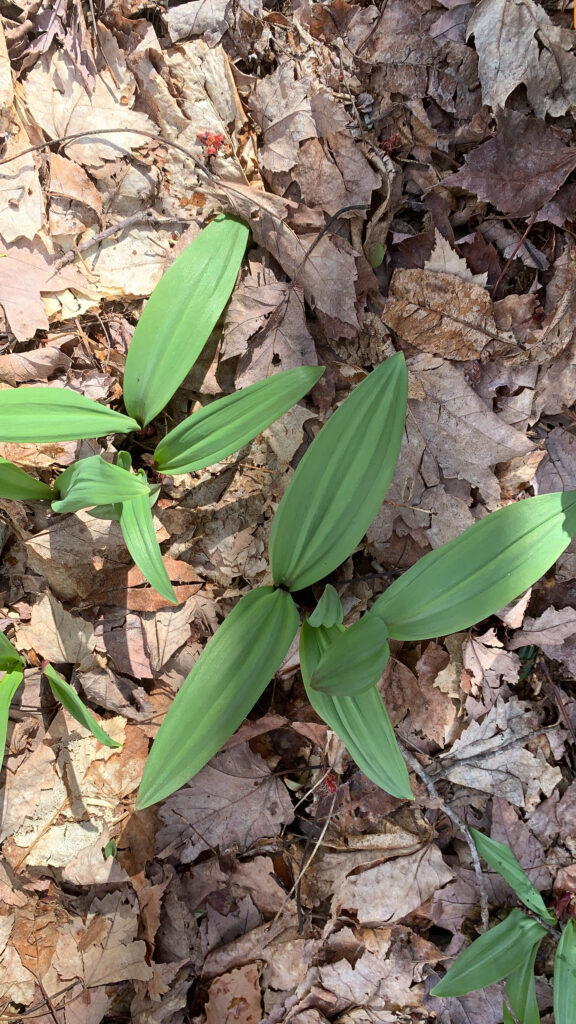
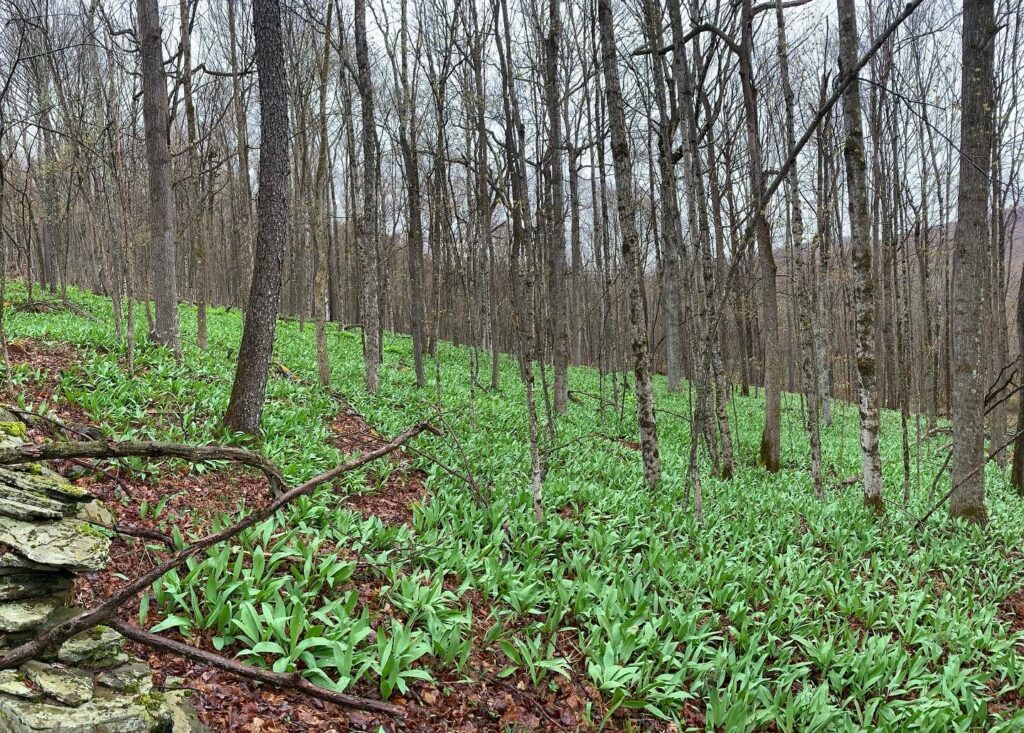
Stinging nettles
Gear up with gloves, long pants, and close-toed shoes for this one! With fine hair-like needles along their stems, stinging nettles live up to their name. Some may be surprised that such a prickly plant could be edible, but nettles are delicious – and nutritious! These plants grow about 2-3 feet tall and their leaves are long and narrow with coarsely toothed edges. If you’re unsure about the identification, just rub the hairy stem on your skin. If it causes a painful sting, you’ve got the right plant! Simply steam or boil the nettles to deactivate the stinging hairs, and then add olive oil, salt, and pepper for a delicious side dish. Nettles are particular rich with vitamin A, calcium, and iron. If you’re struggling with seasonal allergies, nettle leaves can be brewed into a tea full of antihistamines.
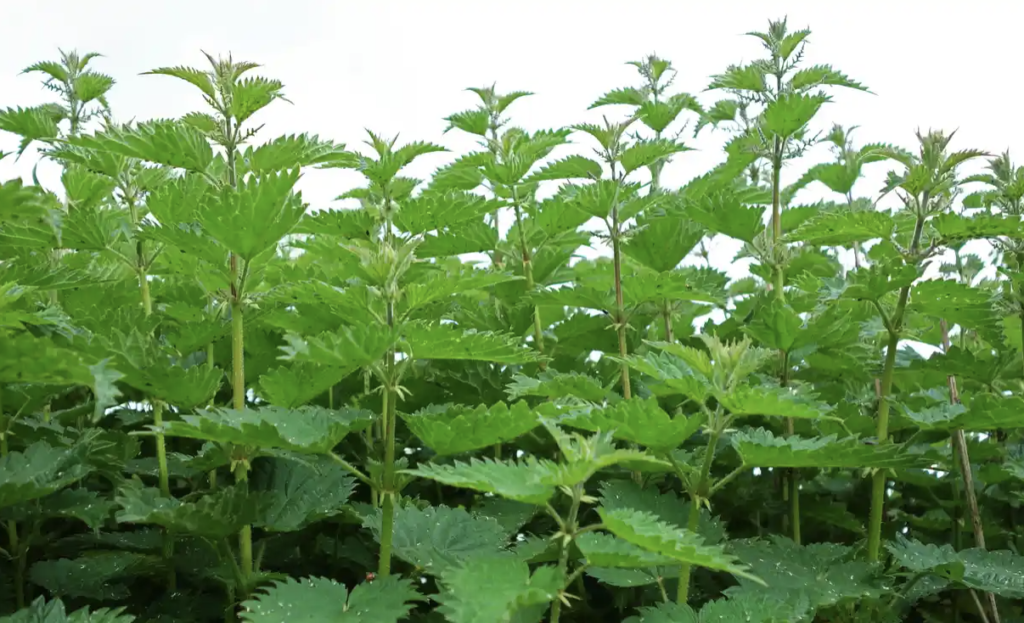
Dandelion greens
Considered an aggressive backyard weed by most, dandelions offer an easy way to get wild nutrients after a long winter. Their leaves have deep, jagged edges (which is what prompted the plant’s name, which comes from the french words “dent de lion”, meaning “lion’s teeth”). The leaves are best harvested in early spring before the flower appears. The later you wait to harvest, the more bitter they get. Dandelion greens are great addition to salads, stir fries, or smoothies. Some folks have a hard time digesting these greens, so as with all wild edibles, start by trying just a small amount. Dandelion greens are high in vitamin B, C, E, D, and are an excellent source of iron, calcium, and magnesium – far more nutrient dense than any green you’ll find in a garden or grocery store!
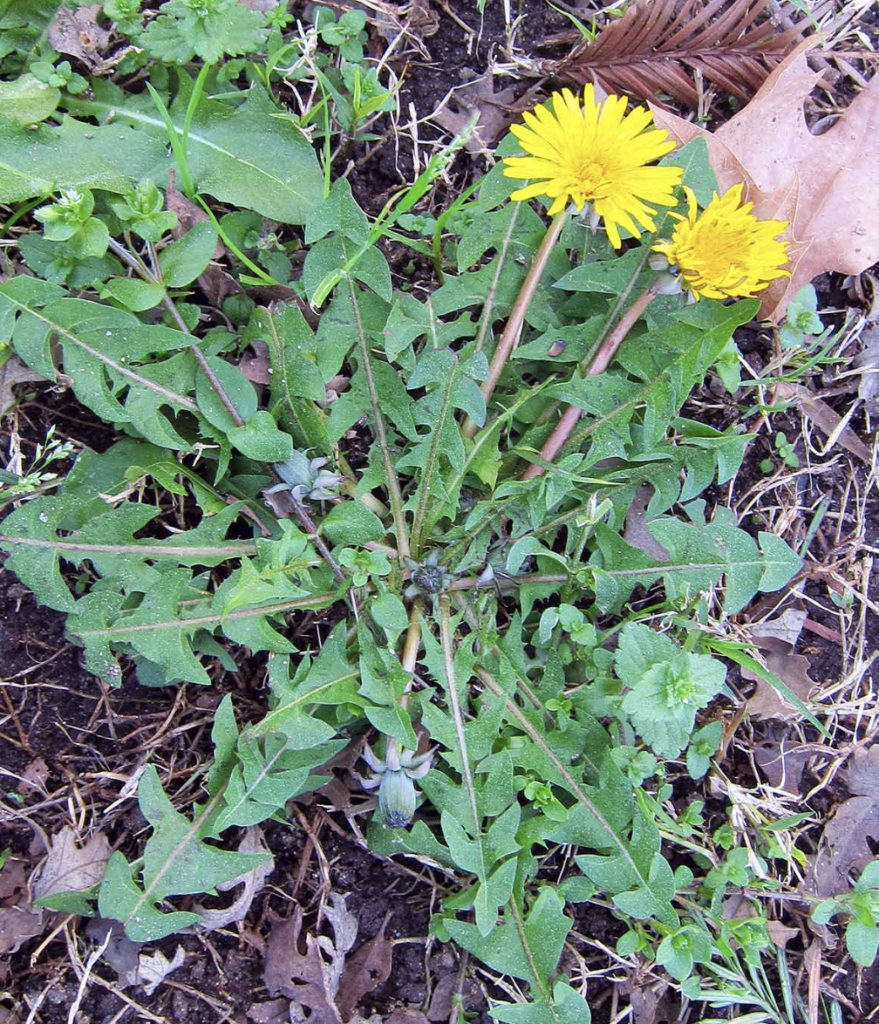
Cattails
Two parts of the cattail are edible in spring. A simple green stalk (the male part of the plant) grows out of the familiar brown “tail” (the female part). Pluck off the green stalk in early spring before it turns yellow, peel away the outer covering, boil it, cover it in butter, and you’ve got yourself a tasty corn-on-the-cob-like treat! If you’re willing to get a little wet, you can pull the whole cattail out of the water, being sure to grasp at the very base of the plant. Peel off the outer layers of the main stalk until you reveal a whitish shoot at the base. This can be eaten raw and has a taste similar to cucumber. Once it is sautéd or boiled, its taste resembles asparagus. As with all wild edibles, only harvest the full plant if there are plenty of others in the habitat.
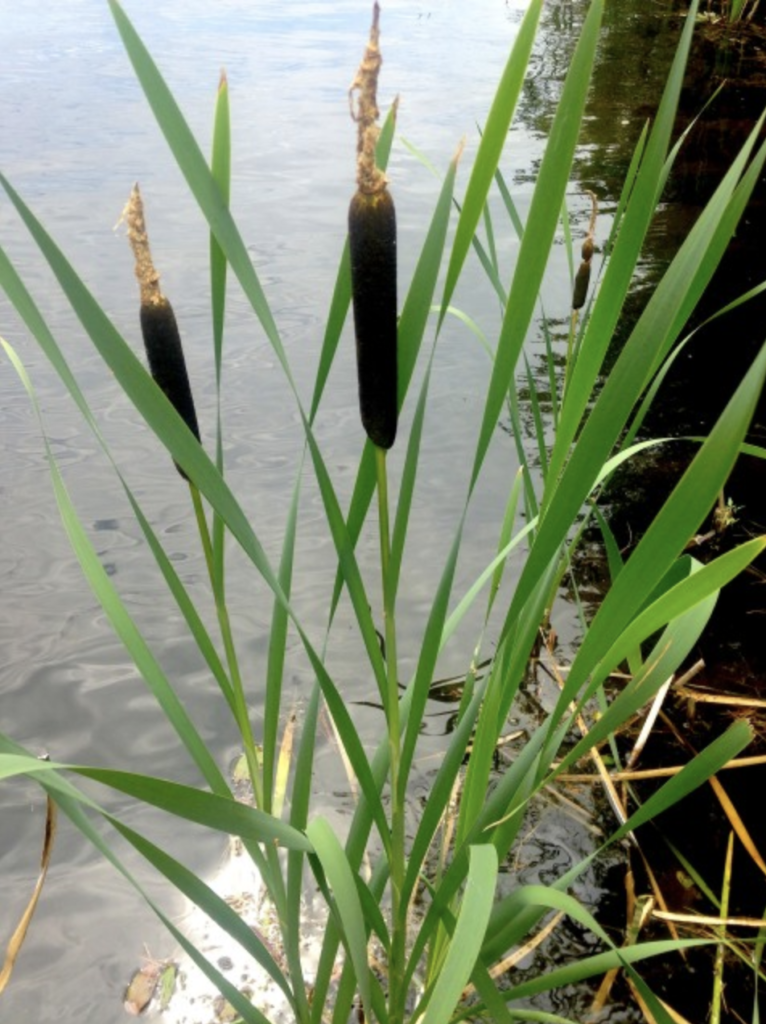
Happy foraging!



